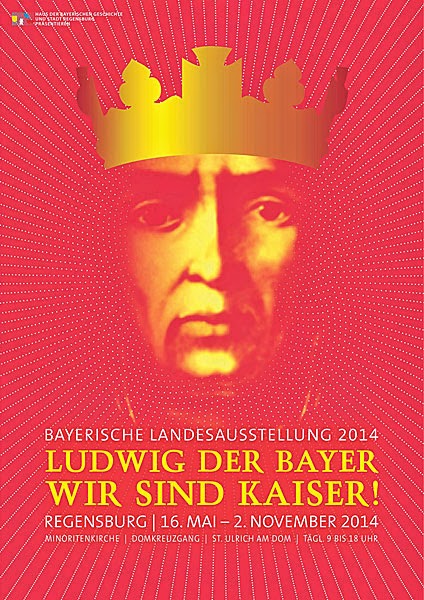 |
| Miklós Mojzer in 2006 |
Miklós Mojzer, the former director of the Museum of Fine Arts, passed away last weekend in the 83rd year of life (1931-2014).
Miklós Mojzer was an outstanding scholar of medieval and Baroque art. Born in 1931, he had studied in Budapest, and began his career at the Christian Museum in Esztergom. In 1957, he started working in the Museum of Fine Arts, in the collection of Old Hungarian Art, in the department headed by Dénes Radocsay. In 1974, when the medieval, Renaissance and Baroque works of Hungarian Art - the Old Hungarian Collection - was trasferred to the Hungarian National Gallery, he went with the collection, and soon became head of the department (1977-1989). In this period, he supervised the creation of the most important exhibitions of old Hungarian art, including the magnificent exhibition of late medieval altarpieces in the former throne room of the Hungarian royal palace, home of the National Gallery. In 1989, Miklós Mojzer became the director of the Museum of Fine Arts, where he served three terms, until his retirement in 2004. He was a true museum expert, familiar with technical details of historic paintings, exhibition organization and publications, and above all, always a true gentleman.
As a researcher of medieval art, Miklós Mojzer mainly researched and published on late medieval panel painting. His bibliography was compiled for the 2011/2 volume of Művészettörténeti Értesítő, which was a Festschrift published for his 80th birthday (another bibliography was compiled at Museum of Fine Arts). An earlier Festschrift, published by the National Gallery for his 60th birthday, is available online in the Hungarian Digital Museum Library. A subject he had dealt with most recently was the painter known as Master MS, creator of a highly important altarpiece at Selmecbánya (Banská Štiavnica / Schemnitz, SK) at the beginning of the 16th century. This was a subject which occupied him over and over for decades.
To get to know more about Master MS, you can also have a look at this overview on the Fine Arts in Hungary website, but the best place to start is the bilingual exhibition catalogue published by the National Gallery in 2008. Miklós Mojzer naturally wrote the introductory study to this catalogue, but the results of his research concerning the identity of the painter were only published later, in a two-part article (the second part of which is available online). In this complex study he calls attention to the painter known with various names, but generally as Marten Swarcz, who had arrived to Cracow in 1477 along with Veit Stoss in order to work on the main altar of the Church of the Virgin Mary. Mojzer proposed that this painter can be identified with Master MS, and he must have been in Selmecbánya by 1506 to work on the altarpiece, from which today seven scattered panels are known (see the Visitation at the Hungarian National Gallery in high resolution). His research opened up new avenues in the study of this outstanding late Gothic master.
Miklós Mojzer will be buried in Esztergom, on September 5, 2014. May he rest in peace.
 |
| Master MS (Marten Swarcz): Resurrection, 1506. Esztergom, Christian Museum |





.jpg)







.jpg)
.jpg)







_7.jpg)
